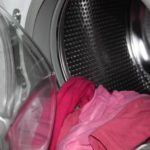Table of Contents
Ever wondered why the water in your bottle has bubbles floating around? It isn’t an unusual condition and will likely continue if the circumstances that caused the bubbles persist.
The bubbles in the bottle are dissolved gases generated due to several actions that happened outside and inside the bottle.
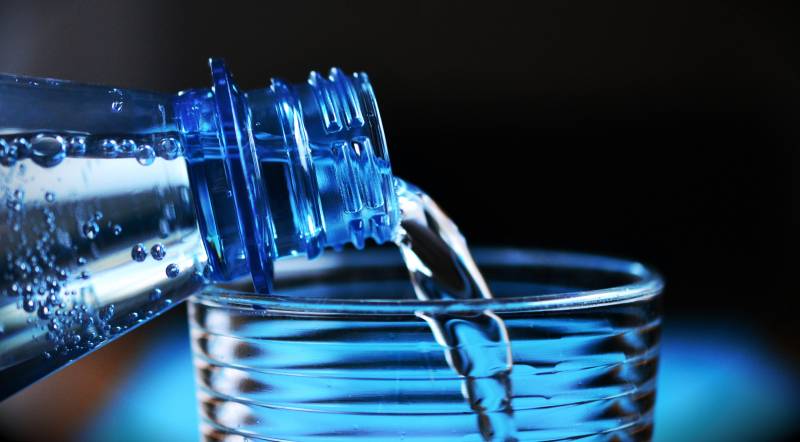
Factors that affect the formation of bubbles in a water bottle include pressure, temperature, the types of gases in the air, and the chemical composition of the water. Read on for a more detailed explanation.
Reasons For Bubbles In A Water Bottle
Bubbles form in water because water has the inherent ability to dissolve atmospheric gases such as oxygen and nitrogen. When water comes in contact with air, it traps the soluble gases in the air within it.
These absorbed gases require energy to remain dissolved, and if this isn’t available, the gases try to escape. The nitrogen and oxygen slowly running from water are the bubbles we see forming on the surface of our water bottle.
Under certain conditions, the bubbles (gases) would completely dissolve and are absent from our bottle’s surface, and if those conditions aren’t satisfied, the bubbles evolve in great abundance. Here are the conditions that affect the production of bubbles in a water bottle.
1. Pressure
Flow pressure is employed when transferring water from a source into a water bottle. The intensity of the pressure determines the number of bubbles present in the water bottle. This is because the higher the pressure, the more bubbles dissolved in the water. An example of high-pressure water is tap water.
A lot of fluid pressure is required to extract water from a reservoir into the pipes of a house, and an additional amount of pressure is required to make the water flow through the pipes and out of a faucet.
The speed at which the water comes out of the tap is determined by the pressure at which the water flows through the pipe. When the water comes out with high pressure, it has sufficient energy to dissolve most of the atmospheric gases it encounters.
However, water loses pressure moving from tap to water bottle. As the water enters the bottle, it dissolves most of the atmospheric gases it encounters. When water calms and loses pressure, it stops dissolving gases and releases the undissolved gases as tiny bubbles seen at the surface of a water bottle.
If low-pressure tap water is employed to fill a water bottle, you will observe fewer bubbles than those seen in bottles filled with fast running water. This is because low-pressure water does not absorb many atmospheric gases as it moves into the water bottle and so does not need to lose a lot when it completely loses its pressure.
2. Temperature
Temperature is an essential factor in the formation of air bubbles. The most straightforward explanation of this is the production of bubbles when water boils. Boiling water is incapable of holding dissolved gases; therefore, it releases them through bubbles. The opposite happens when water freezes.
As water freezes, it absorbs and dissolves atmospheric gas. At high temperatures, in the process of boiling, water releases all its dissolved gases. And at low temperatures, in the process of cooling and freezing, water absorbs a lot of gases. This is the reason why bubbles appear in your water bottle when you leave cold water to cool at room temperature.
When a bottle of cold water is kept at room temperature, it begins to gain temperature (from low to high) and lose the ability to keep all the atmospheric gases dissolved while cooling. Therefore, the gases start to form tiny bubbles all over the surface of the cooling water bottle.
3. Types Of Gases
Inside the pipes, water is under high pressure, and when it gets outside, it loses the pressure. While in the pipes, high-pressure water can dissolve gases such as chlorine, carbon dioxide, and oxygen.
The natural form of chlorine, a popular disinfectant used for treating water, is gas. At high pressure, the chlorine that escapes as a gas during water purification is dissolved into water.
Carbon dioxide is also a popular gas used in treating water, and at high pressure, it becomes soluble in water.
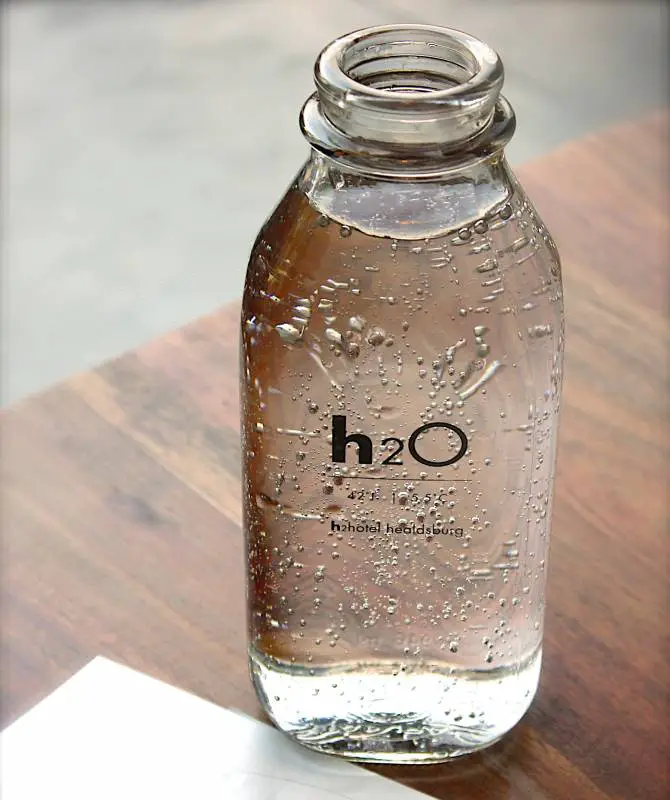
When high-pressure water that contains these gases is transferred to a water bottle and loses its pressure, the gases also begin to lose their solubility and escape into the air. In this situation, the water has an initial cloudy appearance, but it begins to clear when the gases successfully escape into the air.
Carbon dioxide and chlorine gas are very volatile and will escape from the water when it loses its high pressure. This why the fresh cloudy water in the water bottle doesn’t last long. And if the water bottle is closed before the water becomes clear, it would have many water bubbles.
4. Chemical Composition Of Water
It has been established in the previous factors that gases dissolve in water at low temperature and high pressure. This is the principle employed in the carbonation of water and soft drinks.
When producing soda water, manufacturers dissolve carbon-di-oxide in water at high pressure and low temperature. The pressure and temperature are maintained while transferring the soda to a bottle; then, it is sealed at high pressure.
When a soda bottle is shaken, it will produce thousands of tiny bubbles which quickly dissolve back into the water. This is because the water still exists at high pressure. Once the bottle is opened, the pressure is released, and the gas evolves rapidly into the air.
Usually, when carbonated water is unsealed, there is a swift evolution of bubbles in the first 30 seconds, and the rest would take about 15 minutes to evolve.
However, if you immediately transfer the carbonated water into your water bottle and seal it, there would be tiny bubbles all over the free spaces. You would also see the bubbles traveling from the bottom to the top, like effervescent.
This is the science behind the creation of bubbles in your water bottle. If you’re interested in experimenting with the bubbles, you can try the following.
- Pour regular water into your bottle, fill it to the brim and refrigerate it.
- Then remove it from the refrigerator and cool it to room temperature.
- Observe it for two hours and watch the bubbles travel all over the surface of your water bottle.
- Open the bottle, pour a little water out, close, and shake the bottle thoroughly.
- Watch the bubbles disappear into the empty air space at the top of the water bottle.
Conclusion
These are the four main factors responsible for the presence of bubbles in water bottles. Once one of the conditions is met, there would be a bubble in your water bottle.
For example, if water is pressurized at high temperatures, like in faucets with hot water, the water would evolve into tiny bubbles when exposed to air regardless of the high temperature. This is due to the increased air pressure.
It is also important to note that these bubbles can escape through pores in the material of the water bottle and do not need to be unsealed to escape.

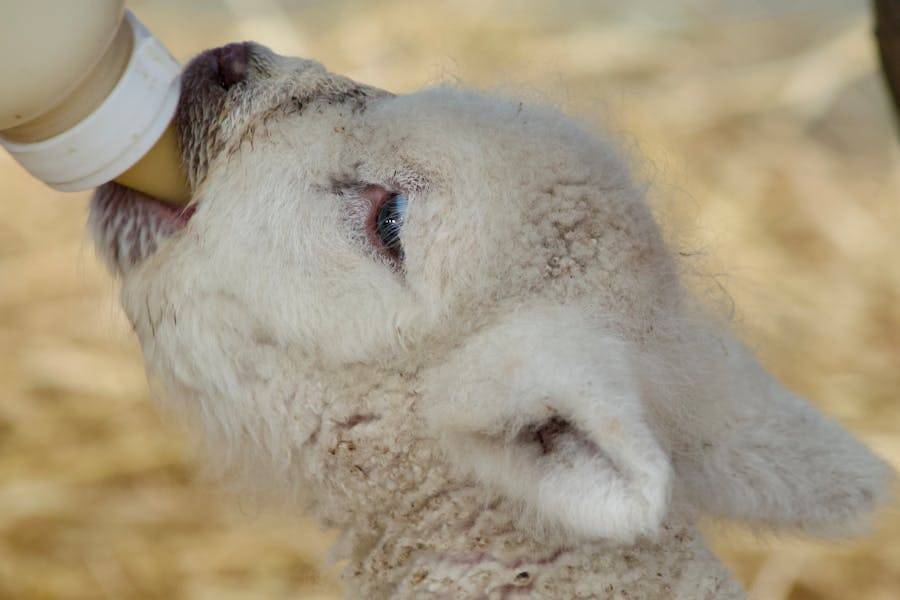
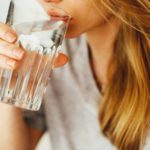

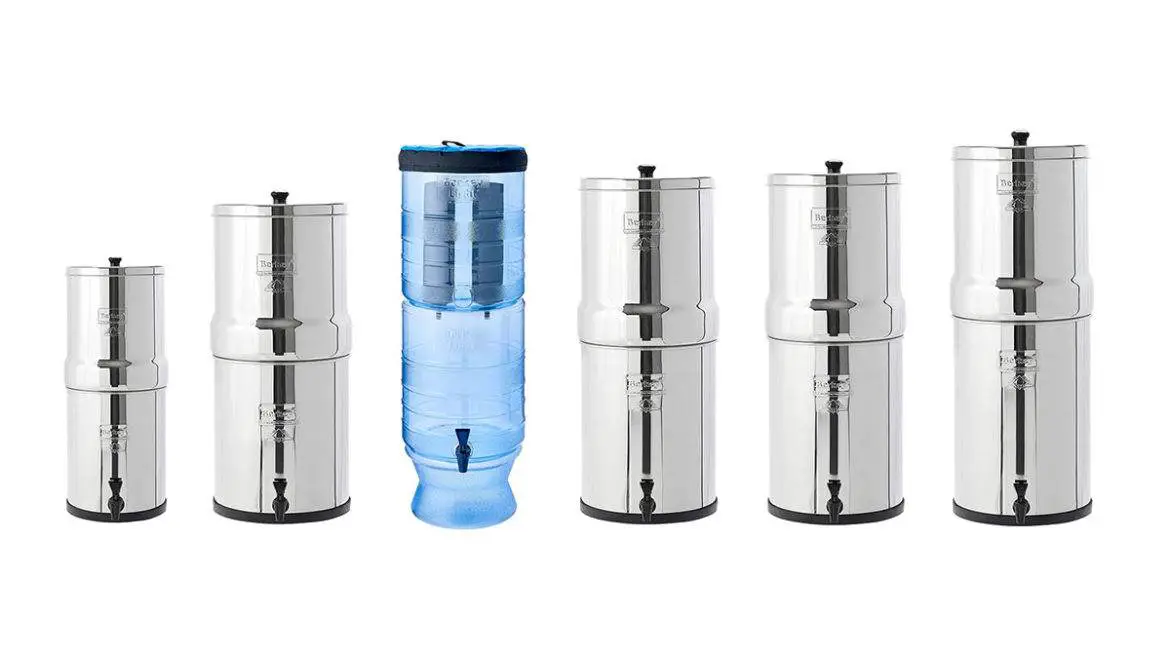
![It Sounds Like Water Constantly Running In House [Causes] It Sounds Like Water Constantly Running In House [Causes]](https://homesteadandprepper.com/wp-content/uploads/2021/04/why-does-it-sound-like-water-is-constantly-running-in-my-house-150x150.jpg)

